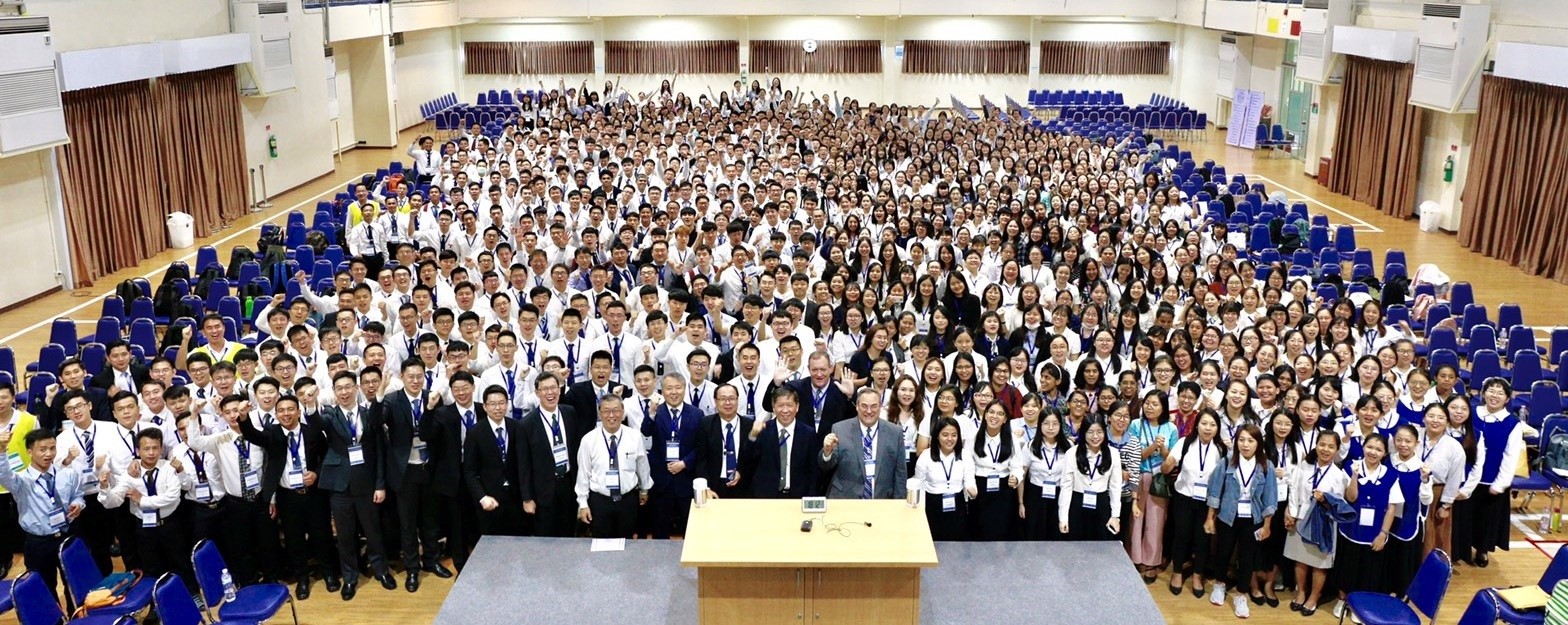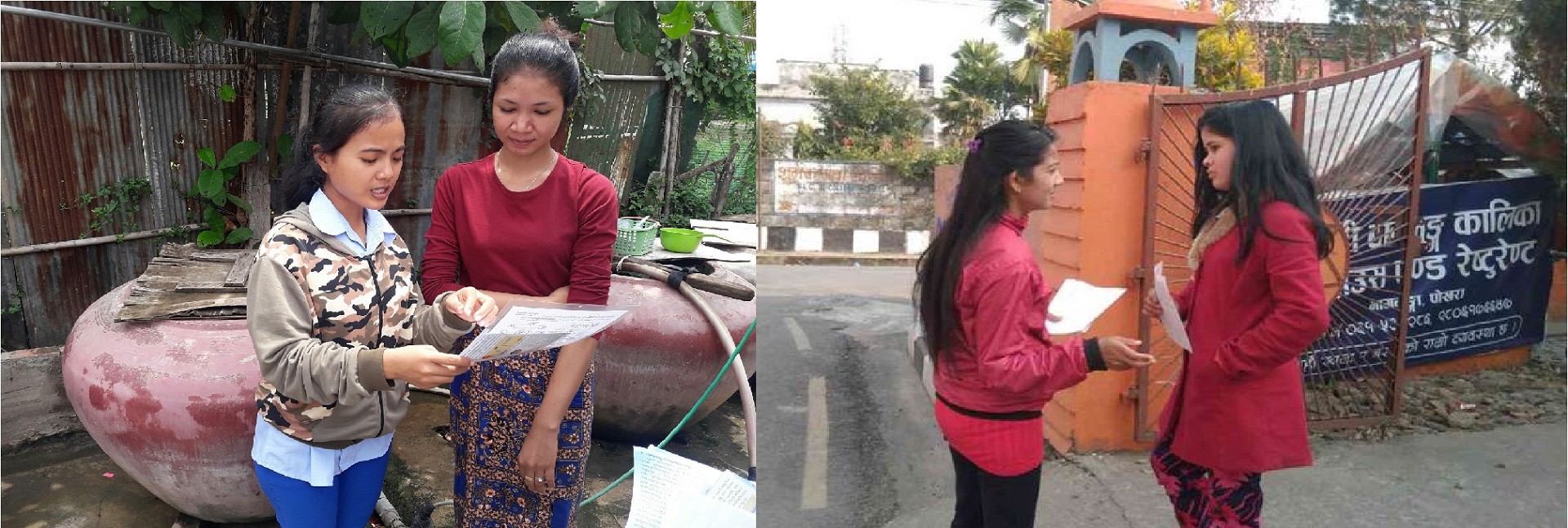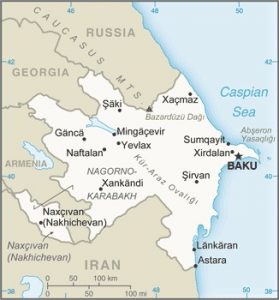Azerbaijan
Background:
Azerbaijan – a secular nation with a majority-Turkic and majority-Shia Muslim population – was briefly independent (from 1918 to 1920) following the collapse of the Russian Empire; it was subsequently incorporated into the Soviet Union for seven decades. The modern Republic of Azerbaijan proclaimed its independence in 1991. In the 25 years following its independence, Azerbaijan succeeded in significantly reducing the poverty rate and has directed revenues from its oil and gas production to develop the country’s infrastructure. However, corruption remains a problem, and the government has been accused of authoritarianism. Reforms are underway to diversify the country’s non-oil economy and additional reforms are needed to address weaknesses in government institutions, particularly in the education and health sectors, and the court system.
Location:
Southwestern Asia, bordering the Caspian Sea, between Iran and Russia, with a small European portion north of the Caucasus range
Area:
86,600 sq km
Climate:
dry, semiarid steppe
Ethnic groups:
Azerbaijani 91.6%, Lezghin 2%, Russian 1.3%, Armenian 1.3%, Talysh 1.3%, other 2.4% (2009 est.)
Languages:
Azerbaijani (Azeri) (official) 92.5%, Russian 1.4%, Armenian 1.4%, other 4.7% (2009 est.)
note: Russian is widely spoken
Religions:
Muslim 96.9% (predominantly Shia), Christian 3%, other <0.1, unaffiliated <0.1 (2010 est.)
note: religious affiliation for the majority of Azerbaijanis is largely nominal, percentages for actual practicing adherents are probably much lower
Population:
10,205,810 (July 2020 est.)
Country comparison to the world: 90
Age structure:
0-14 years: 22.84% (male 1,235,292/female 1,095,308)
15-24 years: 13.17% (male 714,718/female 629,494)
25-54 years: 45.29% (male 2,291,600/female 2,330,843)
55-64 years: 11.41% (male 530,046/female 634,136)
65 years and over: 7.29% (male 289,604/female 454,769) (2020 est.)
Government type:
presidential republic
Capital:
Baku
Time difference:
UTC+4 (9 hours ahead of Washington, DC, during Standard Time)
Independence:
30 August 1991 (declared from the Soviet Union); 18 October 1991 (adopted by the Supreme Council of Azerbaijan)
Economy – overview:
Prior to the decline in global oil prices since 2014, Azerbaijan’s high economic growth was attributable to rising energy exports and to some non-export sectors. Declining oil prices caused a contraction in GDP. The economic decline was accompanied by higher inflation, a weakened banking sector, and two sharp currency devaluations in 2015. Azerbaijan has made limited progress with market-based economic reforms. Pervasive public and private sector corruption and structural economic inefficiencies remain a drag on long-term growth, particularly in non-energy sectors. The government has, however, made efforts to combat corruption, particularly in customs and government services. Several other obstacles impede Azerbaijan’s economic progress, including the need for more foreign investment in the non-energy sector and the continuing conflict with Armenia. While trade with Russia and the other former Soviet republics remains important, Azerbaijan has expanded trade with Turkey and Europe and is seeking new markets for non-oil/gas exports – mainly in the agricultural sector – with Gulf Cooperation Council member countries, the US, and others. It is also improving Baku airport and the Caspian Sea port of Alat for use as a regional transportation and logistics hub. Long-term prospects depend on world oil prices, Azerbaijan’s ability to develop export routes for its growing gas production, and its ability to improve the business environment and diversify the economy. In late 2016, the president approved a strategic roadmap for economic reforms that identified key non-energy segments of the economy for development, such as agriculture, logistics, information technology, and tourism.
GDP (purchasing power parity):
$172.2 billion (2017 est.)
GDP – per capita (PPP):
$17,500 (2017 est.)
Source:
CIA World Factbook







